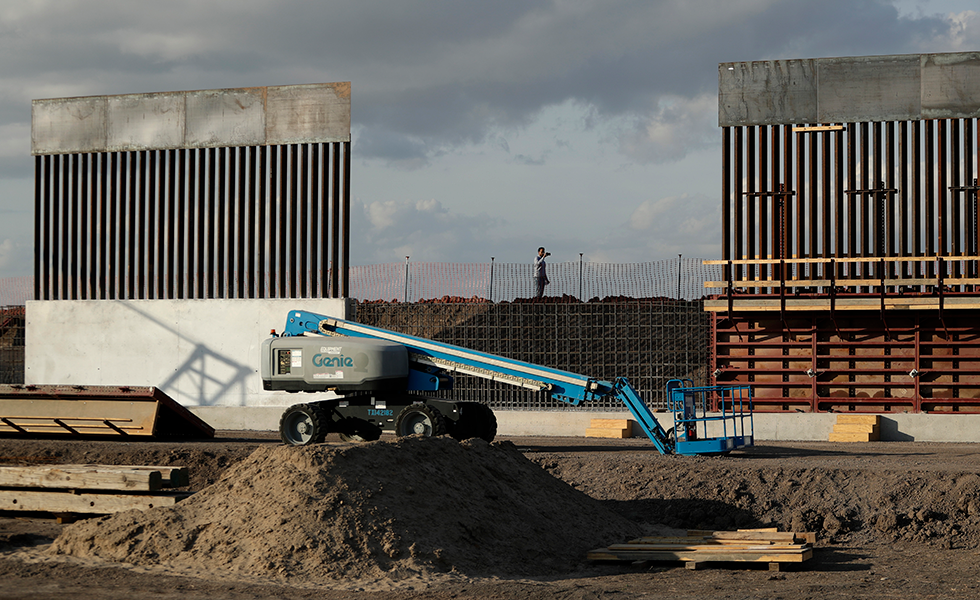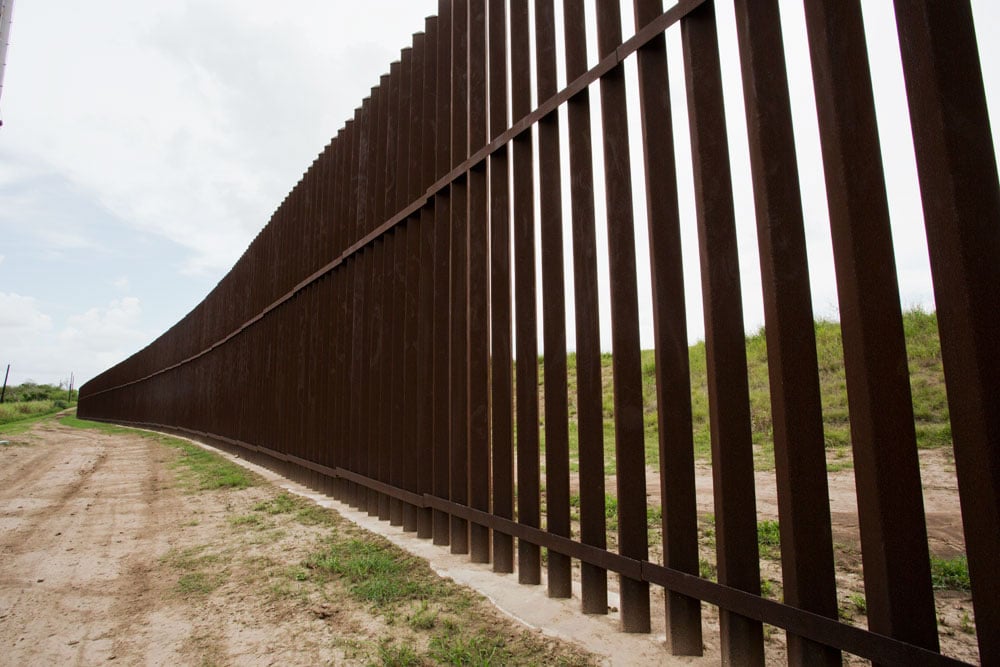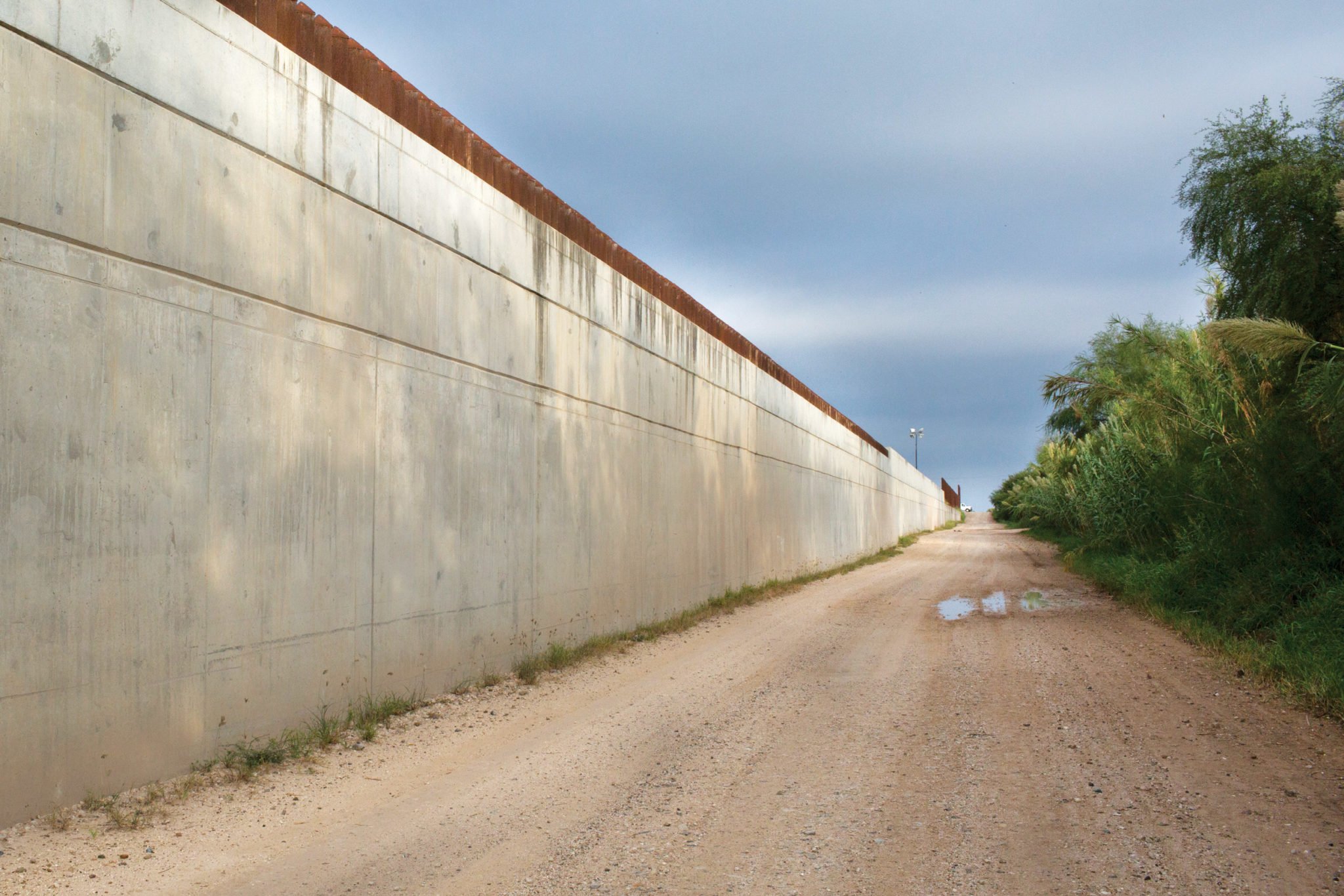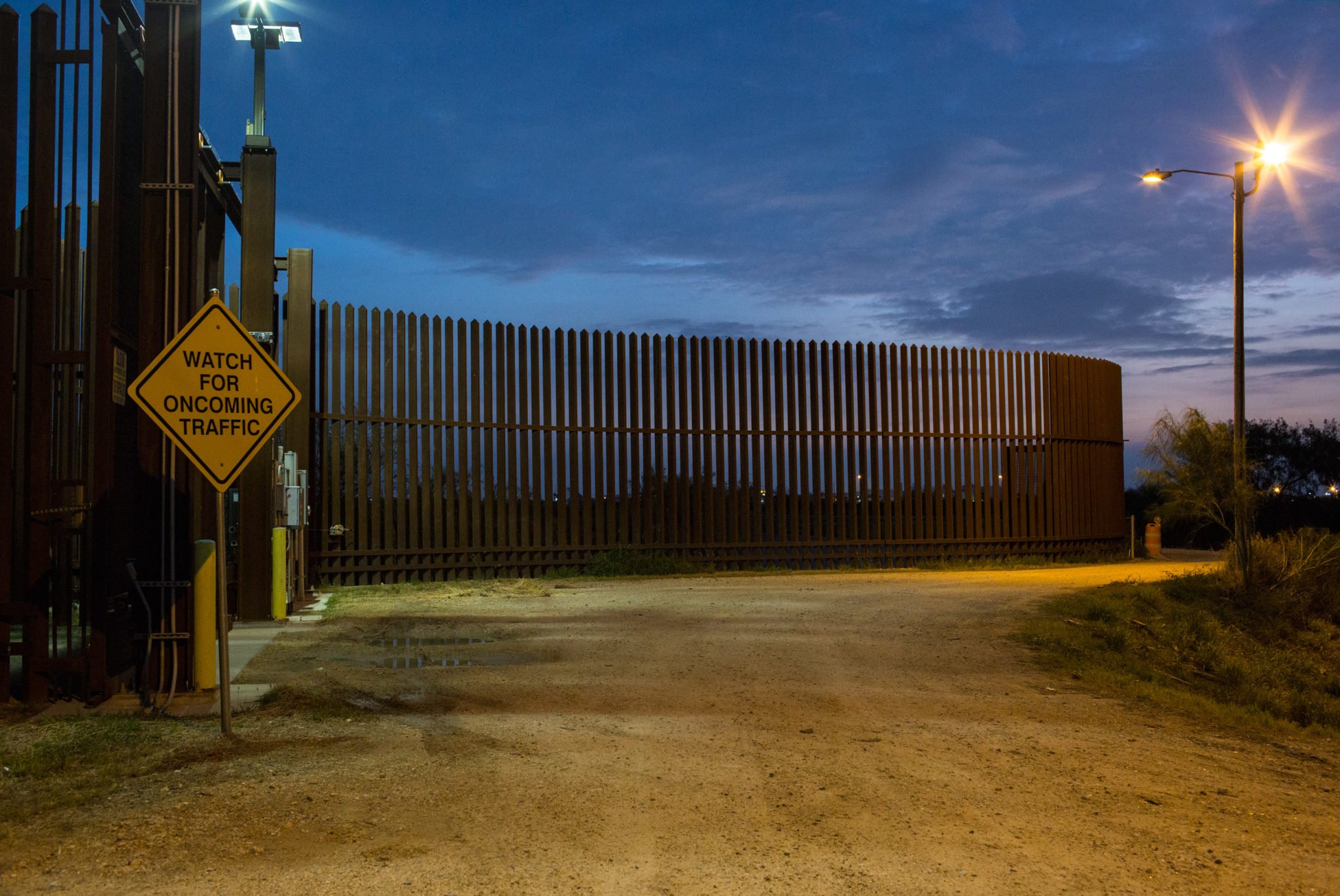
Border Patrol’s Efforts to Inform the Public About Trump’s Wall Are ‘Careless’ and ‘Inadequate,’ Advocates Say
Environmental and human rights groups say the agency should send notices in Spanish and hold at least three public forums in the Rio Grande Valley.

Above: So far Border Patrol hasn’t held a single public meeting in the Valley about its border wall plans.
More than 40 conservation and human rights groups are calling for increased public participation as the Trump administration moves forward with its plan to build 33 miles of border wall in the Rio Grande Valley. In a letter sent to U.S. Customs and Border Protection Monday, the groups called on the agency to extend a public comment period by 60 days and hold at least three public forums in the Rio Grande Valley. The agency should send notice to all nearby residents, including letters in Spanish to native speakers, and publish the information in local media and the Federal Register, they said.
Environmental advocates fear the new sections of wall will further degrade the natural landscape, interfere with efforts to conserve threatened and endangered species, worsen flooding and weaken the region’s ecotourism economy. “The construction … would significantly damage the environment and harmfully impact the culture, commerce and quality of life for communities and residents,” the groups write.
So far Border Patrol hasn’t held a single public meeting in the Valley about its border wall plans. Over the last few weeks, the feds sent a letter to select residents and organizations requesting public input, but did not publish public notice or inform all residents, the groups say. The agency’s letter also asks recipients to provide comments within 30 days, but is undated, leaving residents unsure about the deadline. The groups say the comment period is “not adequate” and that the agency has “distributed this notice in a manner inconsistent with transparent and informed decision-making.”
“None of us feel like this is legitimate or meaningful consultation,” said Laiken Jordahl, a borderlands campaigner with the Center for Biological Diversity, an environmental group that cosigned the Monday letter. “Effectively, they’re only sending notice to individuals and groups of their choosing, which is no way to solicit a wide range of public comment.”
Carlos Diaz, a spokesperson for Border Patrol, said the agency is reviewing the letter. “While we do this CBP via the US Border Patrol’s Rio Grande Sector will continue to communicate [with] the local communities and other organizations in the Rio Grande Valley on this important Border Security project,” he wrote in an email.
In its notice to residents, the agency noted that the construction of the border wall is meant to increase its “ability to impede or deny illegal border crossings and to provide improved surveillance and detection capabilities.” The agency also wrote that it plans to evaluate the wall’s environmental effects and is seeking feedback from local and federal governmental agencies, landowners and Native American tribes.
In March, Congress passed an omnibus bill allocating $1.6 billion for border enforcement, including $641 million for border wall construction in the Valley. Of the 33 miles of fencing and walls planned, the agency expects to build 25 miles of levee walls — 12-foot high concrete levees with 18-foot bollards on top — in Hidalgo County and 8 miles of bollard walls in Starr County. That’s in addition to 20 miles of walls that already exist in Hidalgo County.
Typically, with large infrastructure projects that have the potential to harm the surrounding environment, the government is required to follow the standards set in the National Environmental Policy Act (NEPA). Among the requirements are holding public meetings and hearings and publishing notice in local newspapers, bulletin boards and websites. The agency’s decision not to hold a single public meeting demonstrated “a lack of sincere interest in obtaining thoughtful comments and broad engagement,” the groups wrote.
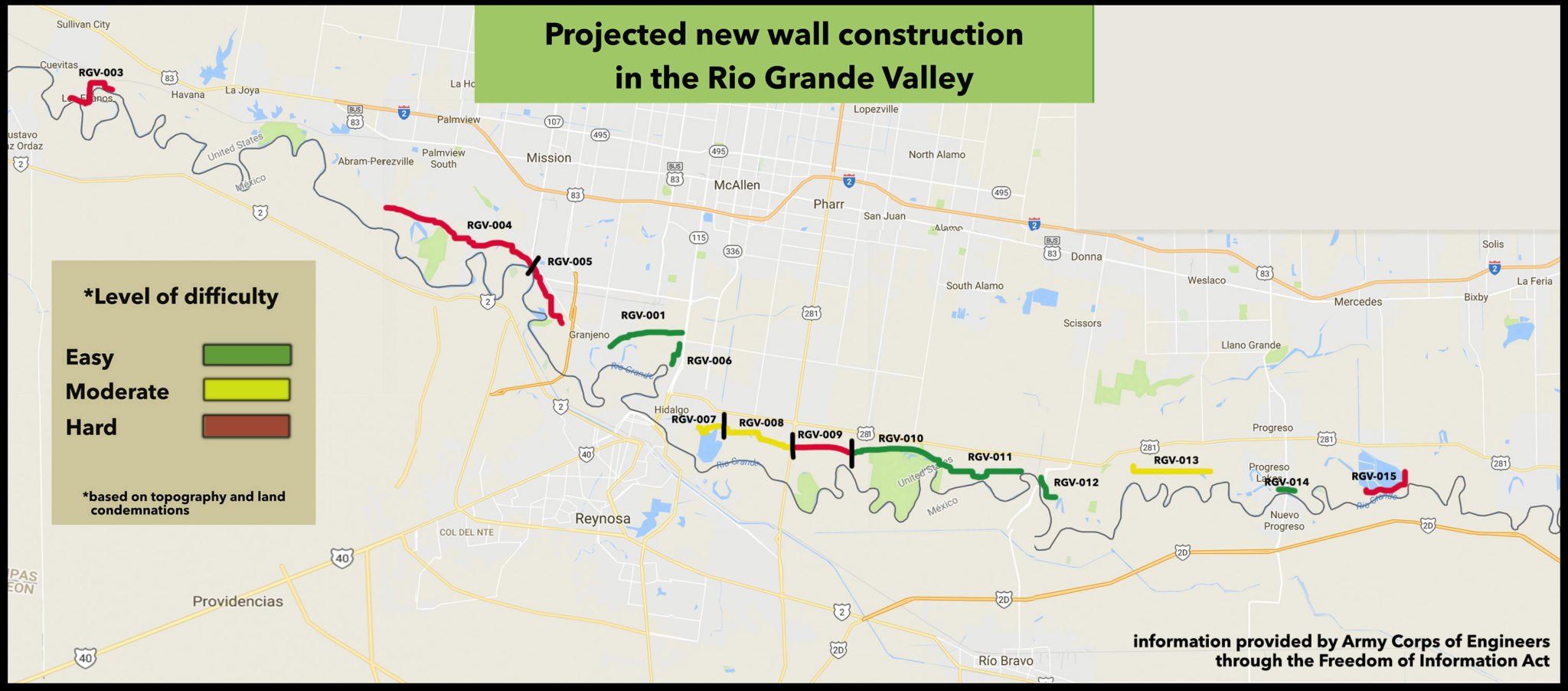
The Civil Rights Act of 1964 also requires federal agencies to provide notice to non-English speakers in their primary language, which community groups charge Border Patrol has not done. Since more than 80 percent of residents in Hidalgo and Starr County are native Spanish speakers, the groups wrote that the agency’s “failure to include Spanish-speaking members of the public is unacceptable and would amount to language-based public input suppression and discrimination.”
Ultimately, Border Patrol may not need to satisfy public notice requirements set out in federal laws. A provision in the 2005 Real ID Act gives the Secretary of Homeland Security unilateral authority to waive any federal laws in the name of national security. The waiver was first used by the Bush administration to skirt a slew of environmental laws, including NEPA, the Clean Air Act and the Endangered Species Act.
So far Department of Homeland Security Secretary Kirstjen Nielsen has not issued a waiver for construction of the 33 miles of border wall in the Valley. In the last two years, the Trump administration’s Homeland Security secretaries have issued waivers for a 15-mile segment of border wall in San Diego, a 3-mile segment in Calexico and a 20-mile stretch in southern New Mexico.
The Center for Biological Diversity and other environmental groups are fighting in court over the constitutionality of these waivers, but Jordahl acknowledged that the agency might issue one for the border wall segments in the Valley in response to the groups’ concerns.
If they did, Jordahl said it would demonstrate that the agency’s “whole solicitation [process] was in fact a sham.
“If we ask them to take it more seriously and they push aside all requirements entirely, that would shed some light on their strategy here, which is to try and appease environmental and human rights groups that oppose border wall construction,” he said.
